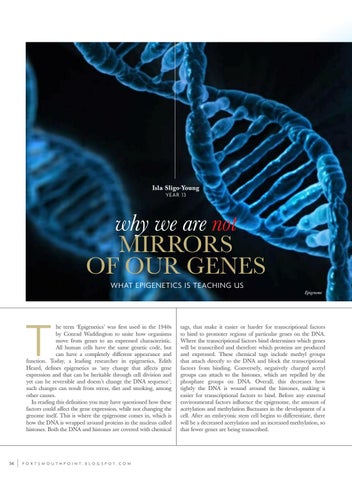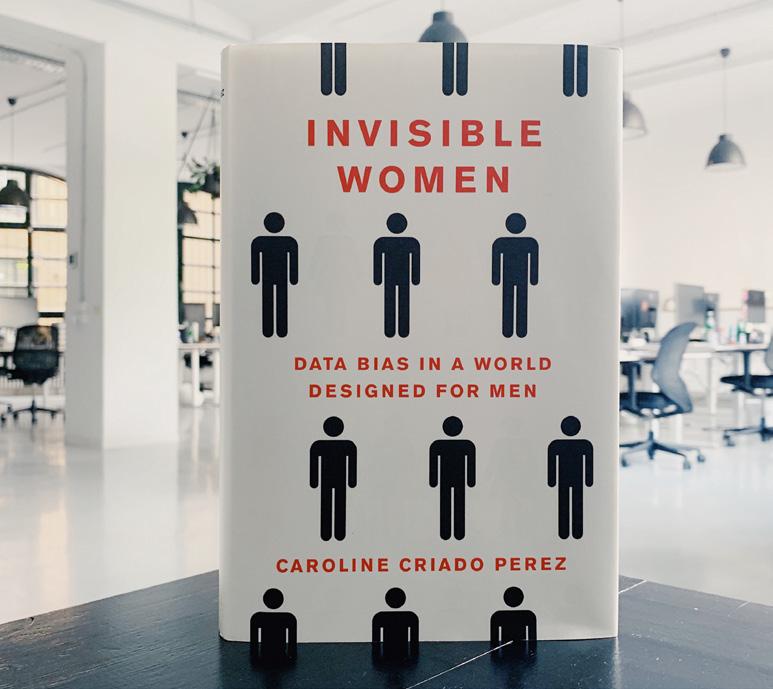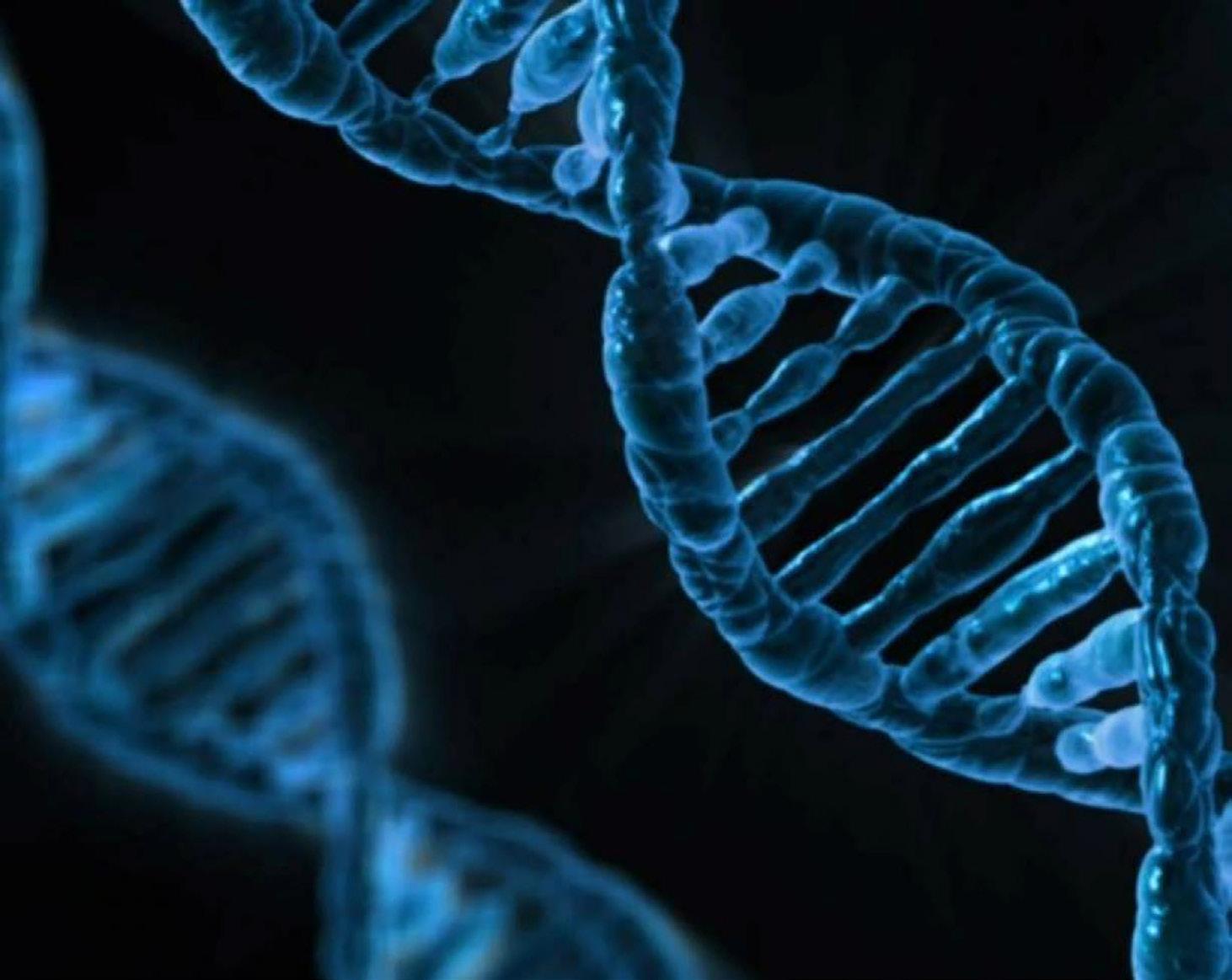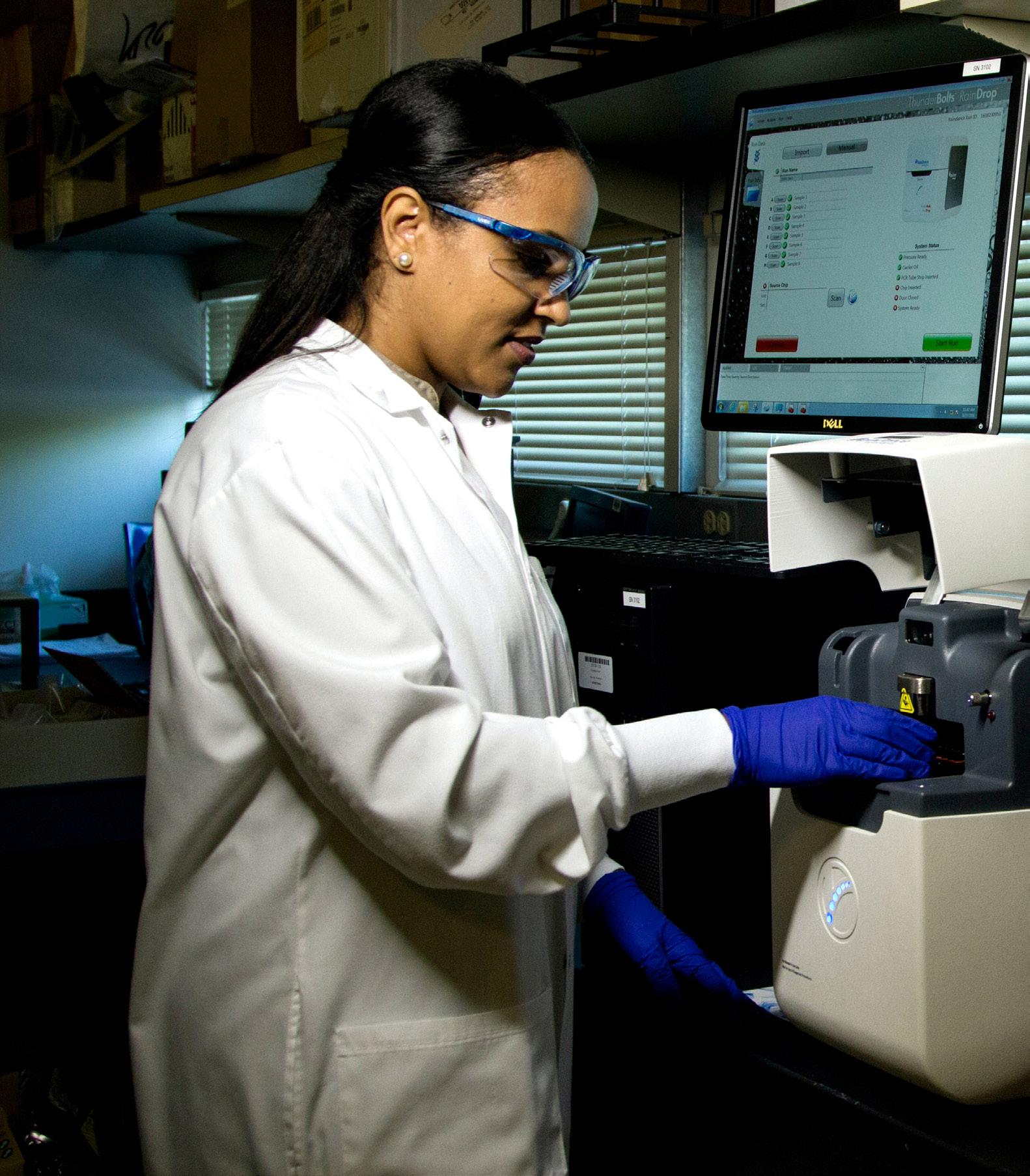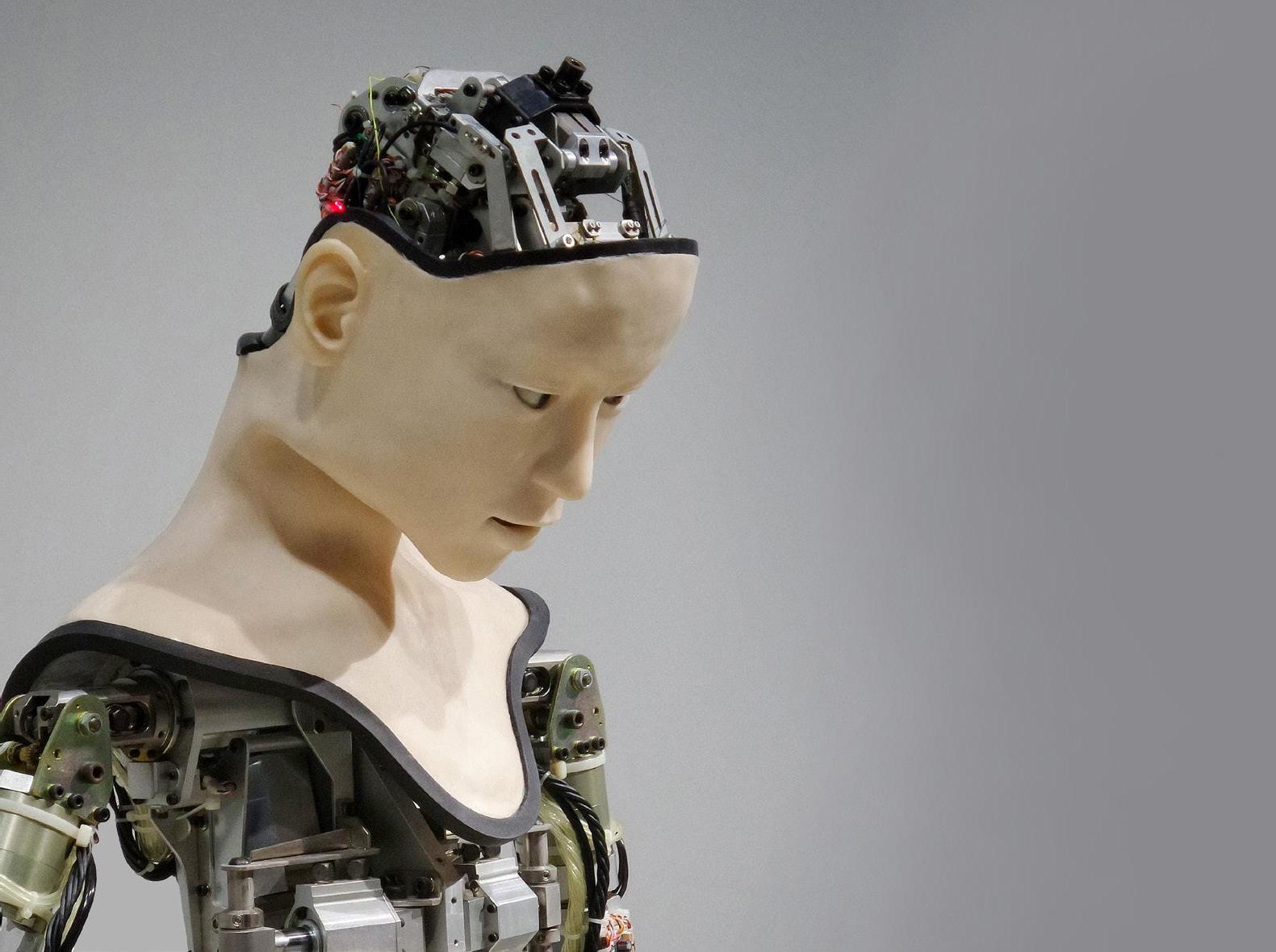Isla Sligo-Young YE AR 13
why we are not MIRRORS OF OUR GENES WHAT EPIGENETICS IS TEACHING US Epigenome
T
he term ‘Epigenetics’ was first used in the 1940s by Conrad Waddington to unite how organisms move from genes to an expressed characteristic. All human cells have the same genetic code, but can have a completely different appearance and function. Today, a leading researcher in epigenetics, Edith Heard, defines epigenetics as ‘any change that affects gene expression and that can be heritable through cell division and yet can be reversible and doesn’t change the DNA sequence’; such changes can result from stress, diet and smoking, among other causes. In reading this definition you may have questioned how these factors could affect the gene expression, while not changing the genome itself. This is where the epigenome comes in, which is how the DNA is wrapped around proteins in the nucleus called histones. Both the DNA and histones are covered with chemical
56
P O RT S M O U T H P O I N T. B LO G S P OT.CO M
tags, that make it easier or harder for transcriptional factors to bind to promoter regions of particular genes on the DNA. Where the transcriptional factors bind determines which genes will be transcribed and therefore which proteins are produced and expressed. These chemical tags include methyl groups that attach directly to the DNA and block the transcriptional factors from binding. Conversely, negatively charged acetyl groups can attach to the histones, which are repelled by the phosphate groups on DNA. Overall, this decreases how tightly the DNA is wound around the histones, making it easier for transcriptional factors to bind. Before any external environmental factors influence the epigenome, the amount of acetylation and methylation fluctuates in the development of a cell. After an embryonic stem cell begins to differentiate, there will be a decreased acetylation and an increased methylation, so that fewer genes are being transcribed.
